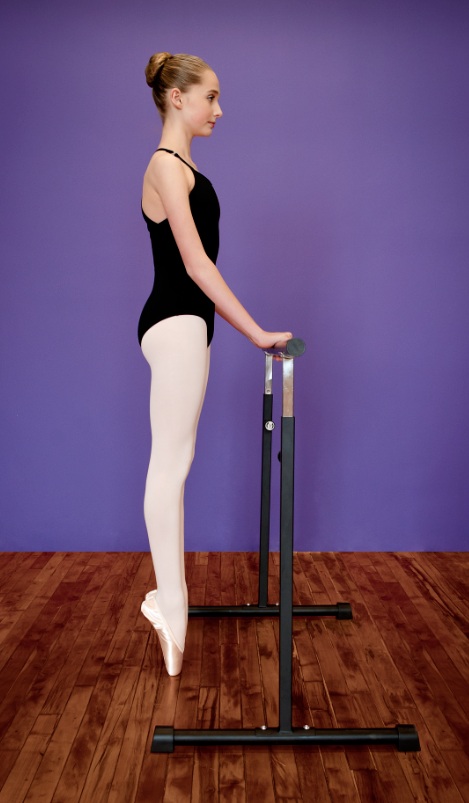What is correct alignment in ballet?
 Correct alignment in ballet is a full-body proposition! As young dancers develop strength and control during their training, they move closer and closer to proper alignment throughout their body. It’s important that the level of technique expected of them doesn’t surpass their ability to hold their bodies correctly, so that they don’t establish their learning of steps and positions in improper ways that will have to be corrected later, and so that their training progresses with the least likelihood of injury.
Correct alignment in ballet is a full-body proposition! As young dancers develop strength and control during their training, they move closer and closer to proper alignment throughout their body. It’s important that the level of technique expected of them doesn’t surpass their ability to hold their bodies correctly, so that they don’t establish their learning of steps and positions in improper ways that will have to be corrected later, and so that their training progresses with the least likelihood of injury.
By the time pointe work begins, dancers should have adequate technical development to hold their body in proper alignment throughout their dancing, and to maintain alignment when they go on pointe.
With good alignment, an imaginary vertical line can be drawn from the head to the toes. The dancer’s back is straight when she stands or moves on flat, demi-pointe and pointe. Her abdominal muscles are pulled upward and inward, without straining. Her shoulders are down and relaxed. She has adequate core strength so that when she stands or moves, she doesn’t stick out her abdomen or buttocks, and she doesn’t raise or strain her shoulders.
On demi-pointe or pointe, the foot remains in vertical alignment with the leg. Except in plié or other bent-knee movements, the knees are straight (but not clenched), and the toes are pointing in the same direction as the knees. There is no “break” or noticeable angle at the ankle or the metatarsal area (the joints where the metatarsal bones of the foot meet the toe bones). Holding the barre or at center floor (depending on the dancer’s level of training), she is able to balance on the center of the pointe shoe platform, without falling backward or rolling forward.